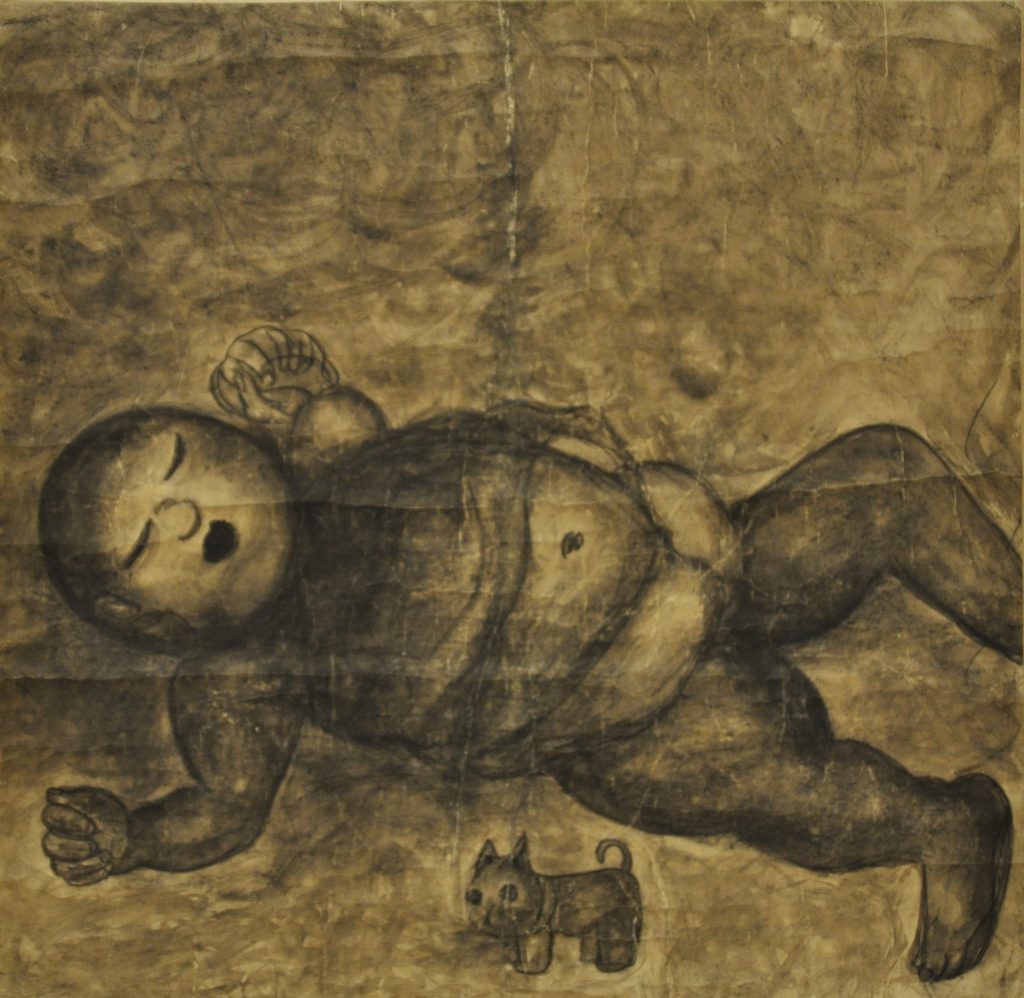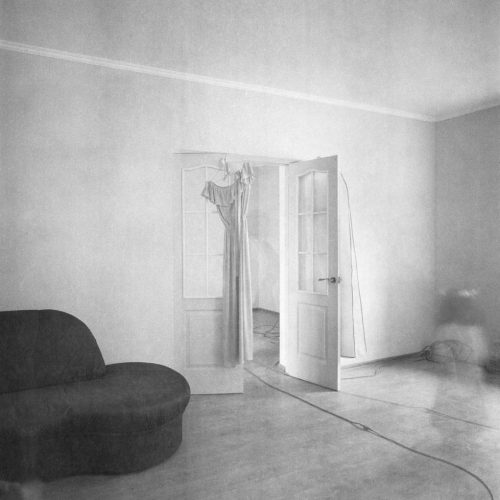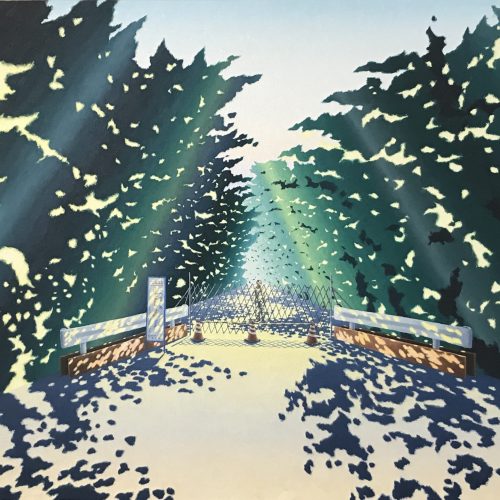ExhibitionFinished
Date : Sept. 15 - Oct. 8, 2018
Tokuo-ji Version Reproduction of The Hiroshima Panels – Special Exhibition
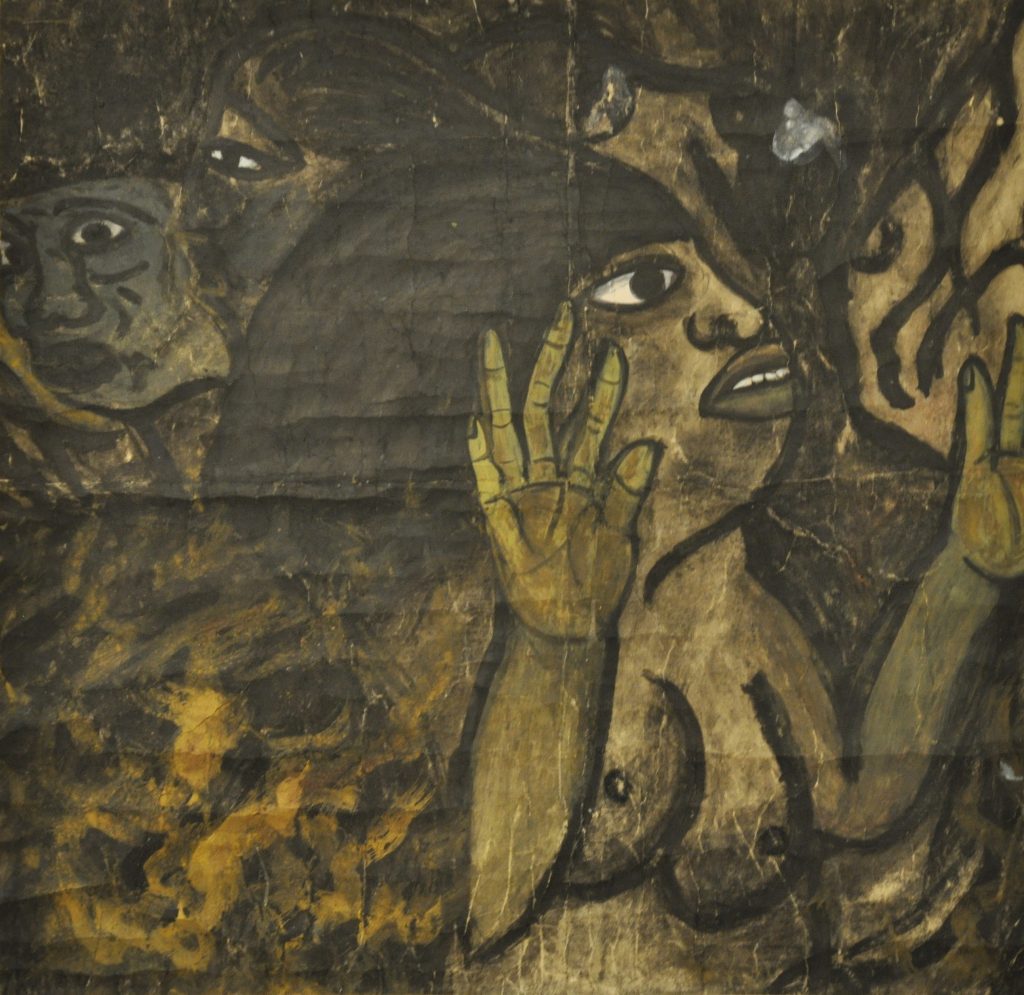
Every August in the main hall of Tokuo-ji Temple, a Shin Buddhist temple near Miai Station on the Meitetsu Line in Okazaki City, Aichi Prefecture, 11 reproductions of the Hiroshima Panels made by children are displayed in memory of the war, and to ensure that the experiences of the war are not forgotten.
According to an inscription found on a wooden box at the temple, in May of 1956, when Uno Shoichi (Fusao), a teacher at Okazaki Municipal Otogawa Elementary School, told his fifth graders about the war, they responded that the atomic bomb was cool and exciting. Horrified by this response, he showed his students the Hiroshima Panels the next day. The students, who were born the year Japan lost the war, were deeply affected by the horror of the atomic bombing, and they began to create a reproduction of the Hiroshima Panels. According to a newspaper article of the time, the plan was to make reproductions for approximately 30 works of art.
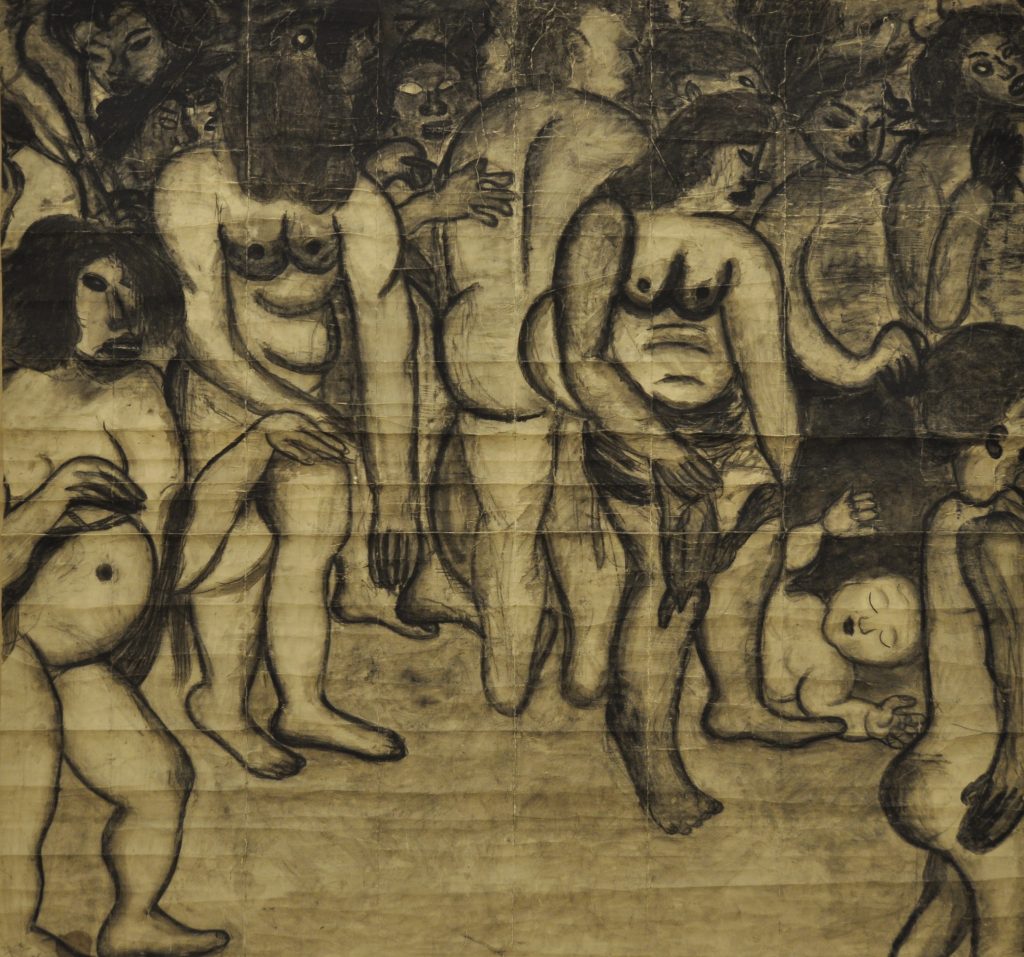
Considering the partial depictions, the different proportions of the reproductions, and the large number (30 pieces) of art, it is assumed that these reproductions were based on the frontispiece of the Aoki Bunko edition of Gashu Genbaku no Zu (Art Book: The Hiroshima Panels) (published in 1952, parts 1-5).
At the time, permission to copy the panels was granted by Maruki Iri and Toshi, and Toshi recalled in a July 25, 1985 article in the Chunichi Shimbun, “At that time, I was impressed by the awareness of peace among the students at Otogawa Elementary School.”
The children collected and sold clams to buy ink, paper, and other painting materials, and continued their work even after entering the sixth grade. The work gradually began to receive attention, and was featured in the movie Mainichi International News. However, the project ended due to criticism from the Board of Education that it was ‘too ideological.’
Tsuji Seitetsu, the former chief priest of Tokuo-ji Temple, saved and preserved the artwork that was about to be burned by mounting them onto large scrolls, and storing them in a wooden box. In 1985, the artwork was exhibited to the public for the first time in approximately 30 years, and since then, even though the chief priests have changed overtime, the work continues to be exhibited every summer.
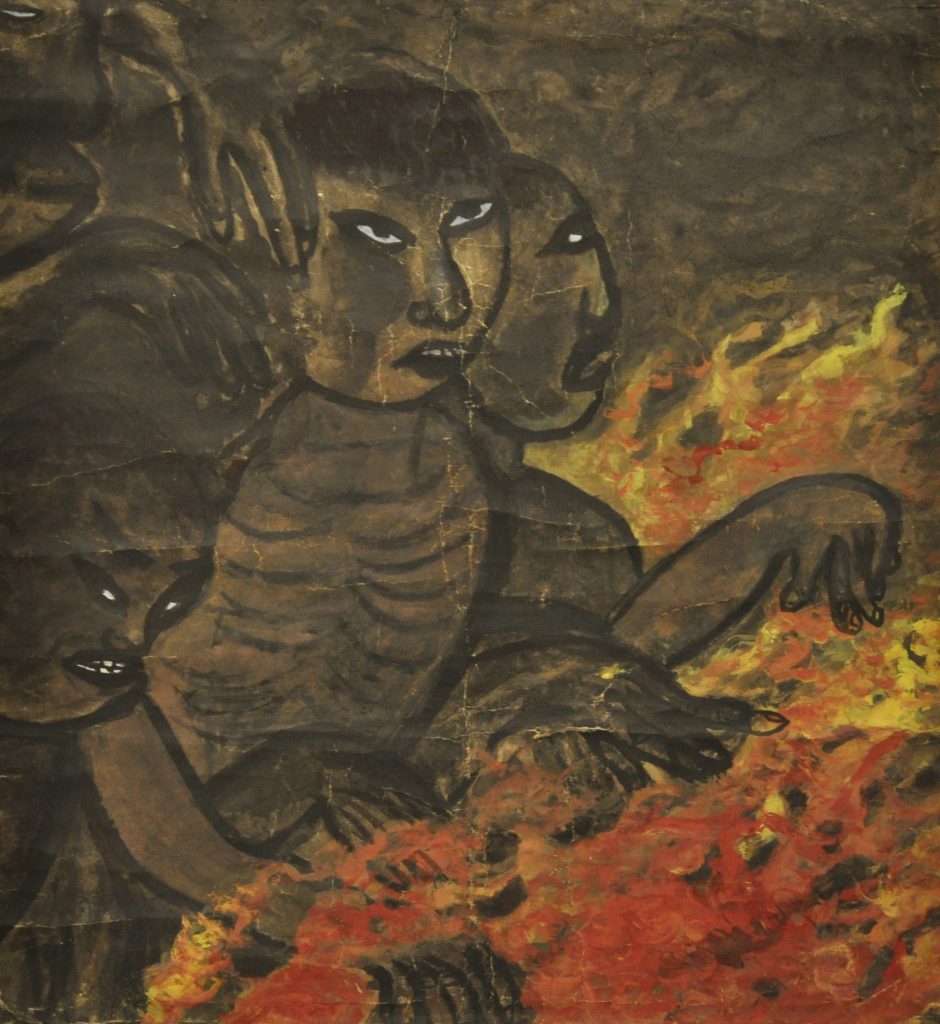
This artwork is a precious example from the 1950s of passing on non-experiential memories through the physical experience of painting. The art appeals to many with its unrestrained and powerful expression, despite the fact that they are ‘copies’ of the original works of art.
At the concurrent Kamo Akira exhibition, reproductions of The Atomic Bomb Drawings, artwork created by citizens of Hiroshima who experienced the atomic bombing, were on display. At the Understanding the Art of Maruki Iri and Toshi Exhibition held at the Hiroshima City Museum of Contemporary Art from September 8, the original Hiroshima Panels and a reproduction of the paintings, will be displayed and compared.
By exhibiting Tokuo-ji reproductions of the Hiroshima Panels on this occasion, we hope we can explore the many possibilities that reproductions have.
We invite you to view this unrestrained and humorous reproduction of the Tokuo-ji version of the Hiroshima Panels, which is cheerful, yet conveys sadness at the same time.
